Description
As a Sansevieria expert, I can confidently assert that our Sansevieria cylindrica ‘Spaghetti’ is a uniquely versatile plant. With its cylindrical, compact leaves, it adds a touch of modern elegance to any space. Plus, it’s easy to care for and can survive in a range of lighting conditions, making it perfect for any home or office.
Full Botanical Name:
Sansevieria cylindrica ‘Spaghetti’
Common Names:
Spaghetti Snake Plant, Cylindrical Snake Plant
Country and/or Region of Origin:
Derived from Sansevieria cylindrica, which is native to Angola.
Growing Conditions in Native Habitat:
Grows in arid environments, often in sandy soils under direct sunlight.
Care Information:
-
Light:
Tolerates low light but thrives in bright, indirect sunlight or partial shade. Can tolerate some direct sunlight. -
Ideal Room:
Suitable for rooms with varying light conditions, including offices or living rooms away from windows. -
Feeding:
Feed with a cactus or succulent fertilizer every 2-3 months during the growing season. Reduce feeding in the winter. -
Humidity:
Low humidity requirements; very adaptable to dry indoor air. -
Ideal Temperature:
Prefers temperatures between 60°F and 85°F (15°C to 29°C). Avoid temperatures below 50°F (10°C). -
Watering:
Water sparingly. Allow the soil to dry completely between waterings. Overwatering can cause root rot. -
Pet/Child Safe:
Toxic if ingested. Contains saponins which can cause nausea, vomiting, and diarrhea in pets and children. -
Soil:
Well-draining sandy or succulent mix to prevent water retention. -
Propagation:
Propagated by dividing the rhizomes or through leaf cuttings. -
Eventual Height and Spread:
Can grow up to 2-3 feet (60-90 cm) tall, with a spread of up to 1-2 feet (30-60 cm). -
Growth Rate:
Slow to moderate, depending on light and water conditions. -
Pests and Treatment:
Generally pest-resistant but watch for mealybugs. Treat with insecticidal soap if necessary. -
Repotting:
Repot every 3-5 years or when the plant outgrows its container. -
Pruning:
Pruning is generally not required except to remove dead or damaged leaves. -
Folk Law:
Sansevieria is often regarded as a protective plant that can absorb negative energies and toxins, promoting a healthier environment.

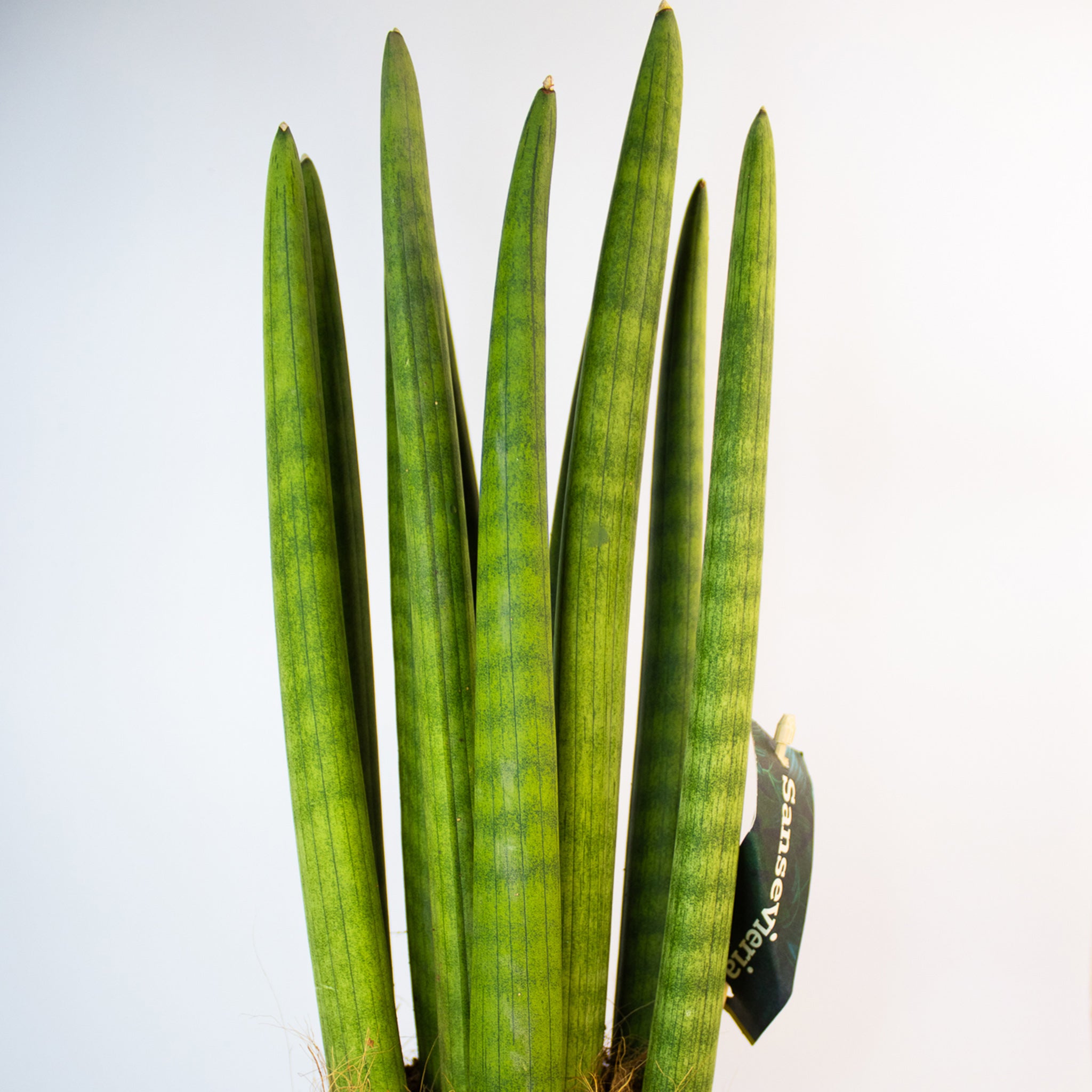
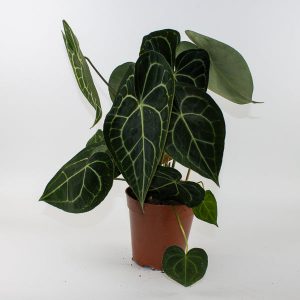
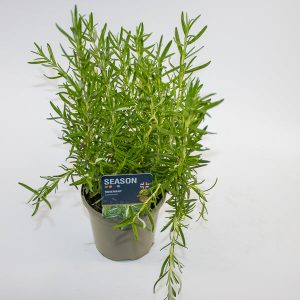
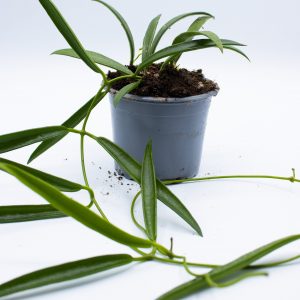
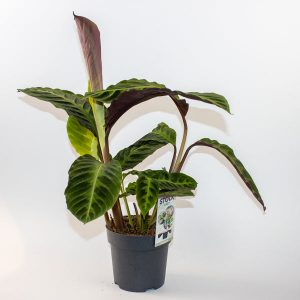
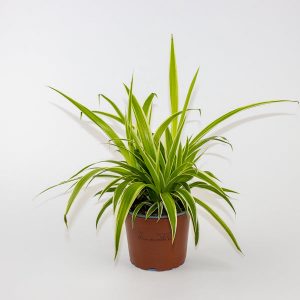

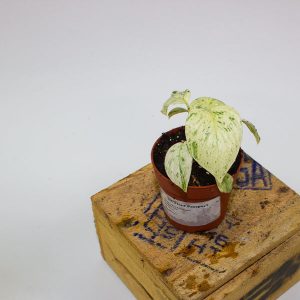

Reviews
There are no reviews yet.